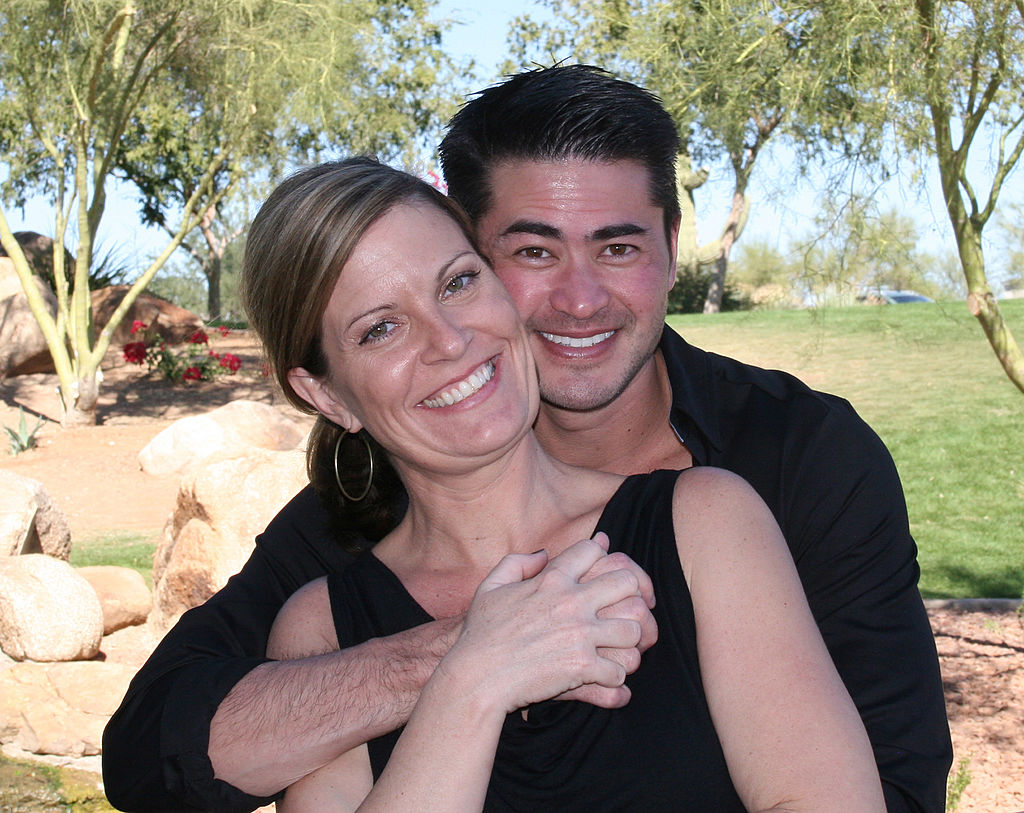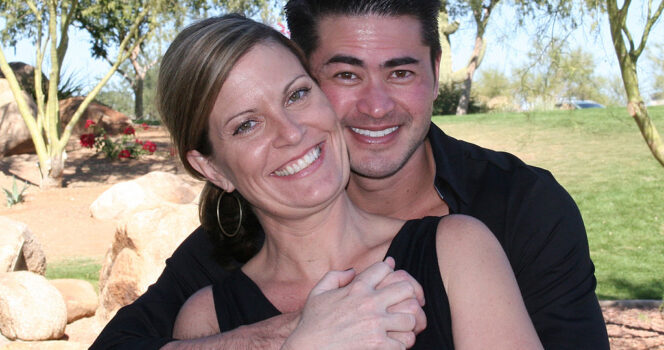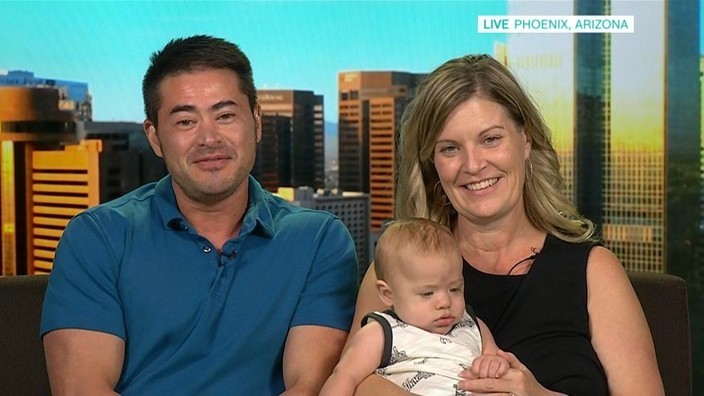In 2008, Thomas Beatie made international headlines as the first legally recognized transgender man to give birth. Sixteen years later, his life looks very different, but his story remains a pivotal moment in the history of gender identity, reproductive rights, and media coverage.
Early Life and Gender Transition
Thomas Beatie was born in 1974 in Honolulu, Hawaii, as Tracy Lehuanani LaGondino. From a young age, he identified as male. At the age of 10, he began expressing his male identity, and in his early 20s, he started testosterone therapy to support his gender transition.
Before his transition, Thomas was an accomplished teenager. He competed in karate and taekwondo, winning a junior championship at the 1992 Aloha State Games. He also briefly pursued modeling and was a finalist in the Miss Hawaii Teen USA pageant, showcasing his versatility and drive from a young age.
In 2002, Thomas underwent chest reconstruction surgery and legally changed the gender marker on both state and federal documents from female to male. Importantly, he chose to retain his female reproductive organs — a personal decision that would later allow him to carry and give birth to children.

Becoming a Parent
In 2006, Thomas paused his testosterone treatments with the goal of starting a family with his then-wife, Nancy. When the couple experienced fertility challenges, Thomas made the decision to carry the pregnancy himself. His first child, Susan, was born in 2008 after a 48-hour labor. The birth marked the first documented case of a legally recognized man giving birth within a heterosexual marriage.
Thomas’s pregnancy gained global attention after he appeared in People Magazine and later gave an hour-long interview on The Oprah Winfrey Show. His story challenged conventional ideas about gender, parenthood, and reproductive rights. He explained that his desire to have children was based on universal human instincts, not restricted by gender identity.
Media Attention and Public Reaction
The public response to Thomas Beatie’s pregnancy was unprecedented. Media outlets around the world covered his story extensively, often referring to him as “the pregnant man.” His experience sparked conversations about transgender rights, fertility, and legal recognition.
Thomas also faced hostility from some members of the public and encountered discrimination in healthcare settings. Despite these challenges, he continued to advocate for transgender visibility and reproductive autonomy, speaking openly in interviews and at public events.

Expanding His Family
After the birth of his daughter Susan, Thomas and Nancy welcomed two more children, Austin and Jensen, over the following years. During this time, Thomas did not resume testosterone therapy, allowing him to conceive naturally. Between 2006 and 2010, he carried a total of four pregnancies, one of which resulted in an ectopic pregnancy.
The Beatie family lived in Oregon, where they raised their three children together. Publicly, they presented themselves as a traditional family unit while also educating others about transgender parenthood.
Life After Divorce and New Beginnings
In 2012, Thomas and Nancy began divorce proceedings, which were finalized a few years later. In 2016, Thomas married Amber, his current partner, after knowing each other for several years. Together, they have built a blended family that includes his three children from his previous marriage and Amber’s grandchild, Lily.
The family settled in Oregon before later relocating to Phoenix, Arizona. Thomas has spoken in interviews about the joys and challenges of parenting multiple young children, describing their household as lively and full of energy.
Career and Life Today
Today, Thomas Beatie lives a much quieter life than during his years in the media spotlight. In a 2023 interview with USA Today, he shared that he now works as a stockbroker in Phoenix. He occasionally accepts public-speaking engagements and modest acting opportunities but generally focuses on his family and professional career.
His children divide their time between his home and their mother’s residence, which is located nearby. Thomas and Amber continue to raise their blended family together, emphasizing stability and privacy.

Reflecting on His Legacy
Thomas Beatie’s story remains a landmark moment in discussions about gender and parenthood. At the time his pregnancy became public, mainstream awareness of transgender men was extremely limited. His openness introduced many people to the concept for the first time and brought attention to reproductive options for transgender individuals.
Reflecting on that period, Thomas has noted how little representation existed in the media at the time. His story predated other high-profile transgender figures such as Chaz Bono and Caitlyn Jenner. By sharing his experience, Thomas played a significant role in increasing public understanding and visibility of transgender families.
Cultural and Legal Impact
Thomas Beatie’s pregnancy also sparked important legal discussions. His case highlighted gaps in family law and healthcare protocols for transgender parents, including how hospitals and birth certificates recognize parental roles. Over time, his situation contributed to broader conversations about the legal recognition of transgender parents in the United States and abroad.
His willingness to speak publicly — on national television and in international publications — challenged existing stereotypes and helped pave the way for more inclusive conversations about gender identity and family planning.
Thomas Beatie’s Family Today
Sixteen years after the birth of his first child, Thomas Beatie is now 50 years old. His children are growing up with an understanding of their family’s unique history. Although he occasionally appears in interviews or public forums, Thomas prefers to maintain a lower profile, focusing on raising his children and pursuing his professional career.
His life illustrates how someone once at the center of a global media moment can transition to a quieter, family-oriented lifestyle while still holding a place in history for breaking barriers.
Conclusion
Thomas Beatie’s journey from his early life in Hawaii to becoming a global figure as the first transgender man to give birth remains one of the most significant moments in modern discussions of gender and reproductive rights. His decision to share his experience publicly opened doors for many and challenged long-held assumptions about parenthood.
Sixteen years later, he continues to live authentically, raising his children, maintaining a successful career, and occasionally engaging in advocacy. His story is a reminder that family comes in many forms — and that every individual has the right to build theirs in the way that is best for them.

